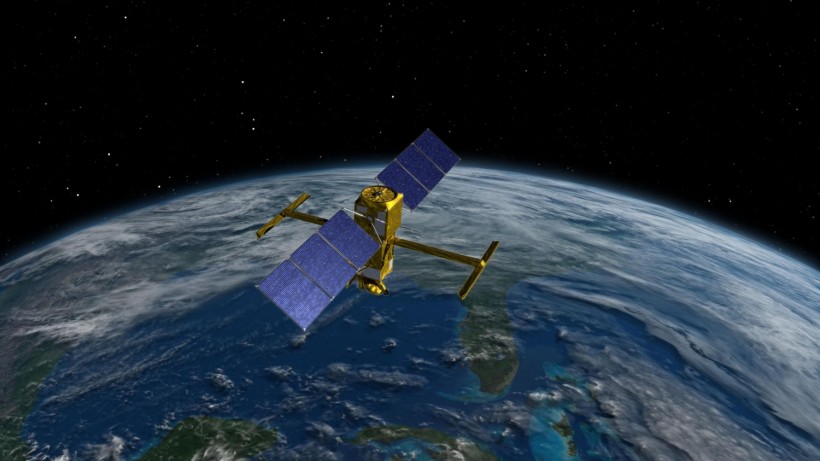NASA launched the Surface Water and Ocean Topography (SWOT) satellite into Earth orbit on December 16, 2022, onboard a Falcon 9 rocket from Vandenberg Space Force Base in California.
It is a collaboration between NASA, the French space agency Centre National d'études Spatiales (CNES), and assistance from the Canadian Space Agency (CSA) and the UK Space Agency.

Surface Water and Ocean Topography
Unfolding in Space
A new video captures the dramatic moment a new NASA spacecraft spreads its metaphorical wings in orbit above Earth, deploying its most critical instruments.
According to Space.com, SWOT had to deploy its huge tower and antenna panels before it could begin its job of measuring the height of water across 90% of the Earth's surface to provide scientists with the first-ever high-definition assessment of our planet's water.
The unfurling of its huge tower and antenna panels took four days, finishing on December 22, and was documented by the SWOT's four specialized commercial cameras.
The masts can be seen extending from different sides of the spaceship, stretching out from SWOT, and locking in place in the video. Unfortunately, the cameras stopped filming before the antennas at the ends of the poles could fully unfold. SWOT's operators confirmed this using the craft's telemetry data.
The spacecraft, which circles Earth at a height of around 533 miles (857 kilometers), has already unfolded its solar panel arrays, assuring a stable source of electricity to function. This array unfolding happened around 10 minutes after SWOT launched and was also captured by the spacecraft's cameras.
READ ALSO: 5 Ways of Shark Conservation: NASA's Earth-Observing Satellites Help in Nature Maintenance
Five Things To Know About SWOT
Here are five ways that SWOT will help scientists study water on Earth according to SciTech Daily:
- SWOT will map Earth's waters for the first time- SWOT analysis will assist researchers in tracking Earth's water budget, such as where the water is today, where it is coming from, and where it will be tomorrow. It is critical for understanding how water supplies are changing, the effects of those changes on local habitats, and how the ocean reacts to and impacts climate change.
- Observing Earth in Higher Definition- SWOT's research sensors will provide unparalleled clarity to the planet's freshwater bodies and oceans. It will be able to collect data on ocean features smaller than 60 miles (100 kilometers), assisting researchers in better understanding the ocean's role in climate change.
- Address Pressing Climate Change Questions- SWOT will give critical information on the global ocean-atmosphere heat exchange, for better climate forecasts. Furthermore, the satellite will assist researchers address gaps in their understanding of how sea level is changing along coasts, providing insights that may subsequently be used to enhance computer models for sea level rise forecasts and coastal flood forecasting.
- Inform Decisions for Humans' Everyday Lives- SWOT data will be used to monitor drought conditions in lakes and enhance river flood projections, providing critical information to water management agencies, disaster preparedness agencies, universities, civil engineers, and anyone who needs to track water in their local locations.
- Will Pave the Way for Future Earth Missions- SWOT paves the way for future Earth-observing missions. SWOT analysis measurements, as well as tools to assist academics in interpreting the data, will be available for free. This will serve to stimulate research and application activities by a diverse variety of users, including individuals who may not otherwise have access to this knowledge.
RELATED ARTICLE: NASA Announces Four Earth Science Missions in 2022 That Will Monitor the Changing Planet
Check out more news and information on Space in Science Times.














